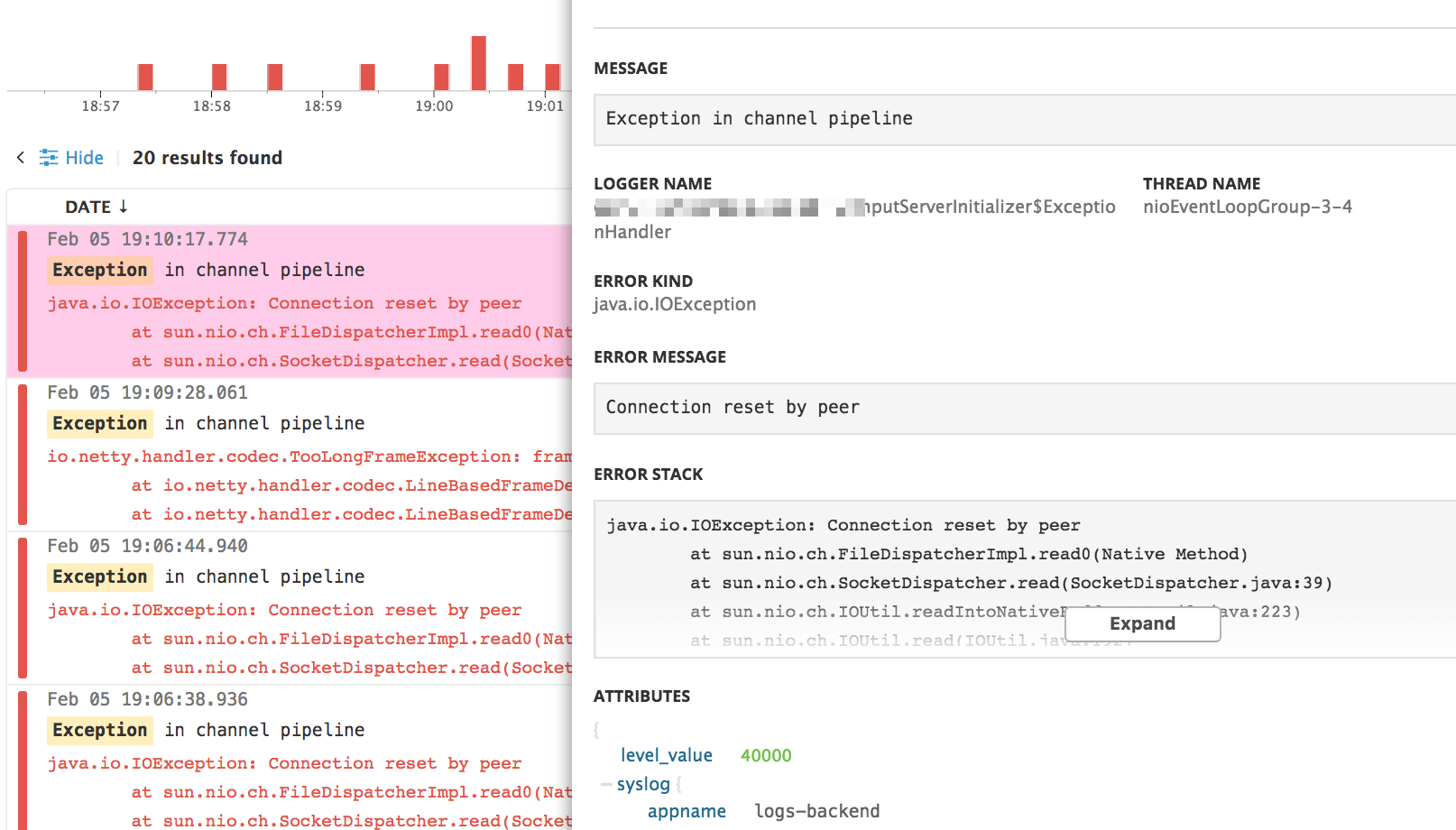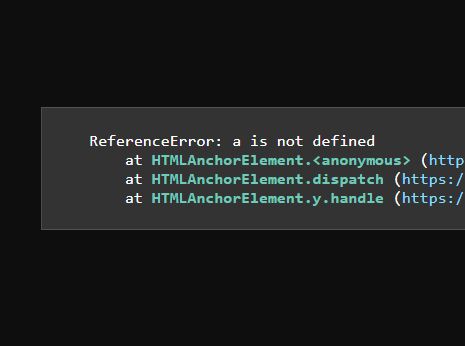
Our Product team uses Feature Ideas and community response to determine the future roadmap of the agent. I would also recommend submitting a Feature Idea for this: This associates logs from your application with the data already being collected from the Node agent, including errors. There is three kinds of methods available with the traceback module.

This would involve forwarding your logs to New Relic then adding a New Relic formatter. One option would be to ignore the duplicate errors that do not have the stack trace associated with or mark them as expected:Īnother option, if you already have the stack trace in logs, you can configure Logs in Context: Using noticeError() before you remove the stack trace would be a great option, however, as you said, this would cause duplicate errors. Would calling this during a transaction associate the error with the 4XX/5XX error I get on the dashboard, or would I now have an error from within my application and a second error from the actual HTTP request?īasically, I’d love to have as much info as possible directly visible in the errors on NewRelic, without actually sending that same data to the client. Stack Trace: at .nstructUnsignedInt(Util.java:204). In our application, we use the noticeError function to sometimes manually notice various errors. Logged messages are formatted according to the format of the added sink. The method that I call the DataContext in is. diagnose ( bool, optional) Whether the exception trace should display. In my case, I have a DataContext that I check to make sure it’s not already open before I open it. Say you have some logging in your code that finds something unusual going on.
Stack trace formatter how to#
We have access to the actual stack trace in other forms such as SPLUNK or logs, but I’m wondering if there is a way to associate a stack trace with an HTTP error response to the client, without directly putting the stack trace on the response itself. How to Get a Stack Trace from C without throwing Exception. Which mean the trace and error I see on the errors summary doesn’t actually contain useful info because my application has already wiped it from what the client sees, and thus what the NewRelic agent picked up.

Stack trace formatter full#
This makes the log output a bit cleaner, but has the trade-off of not showing you a full stack. However, we remove any stack traces from these errors before they are sent back to the client. By default, we set the Logging output to use a JsonFormatter.

We are using a nodejs application, and thus far the NewRelic agent has been great at reporting when our application returned a 4XX/5XX and showing it on the various dashboards.


 0 kommentar(er)
0 kommentar(er)
